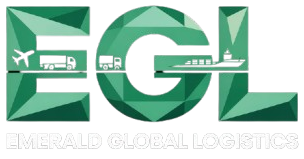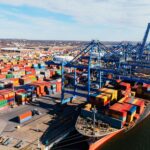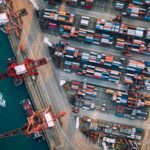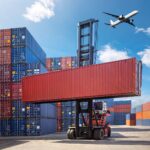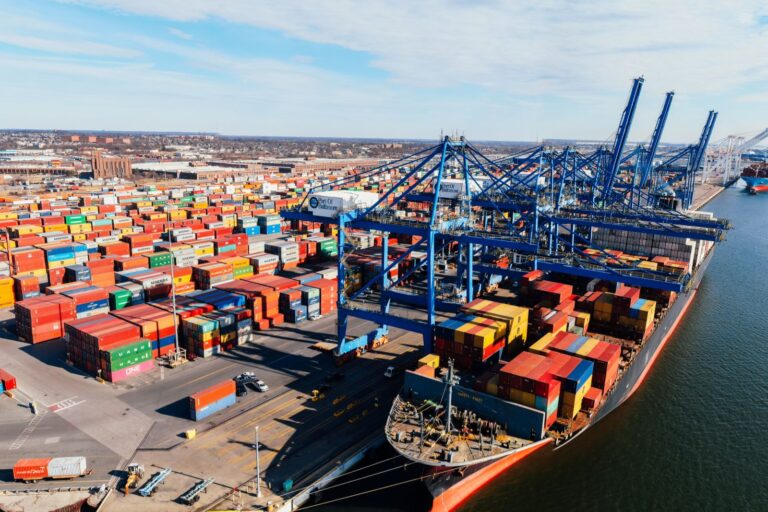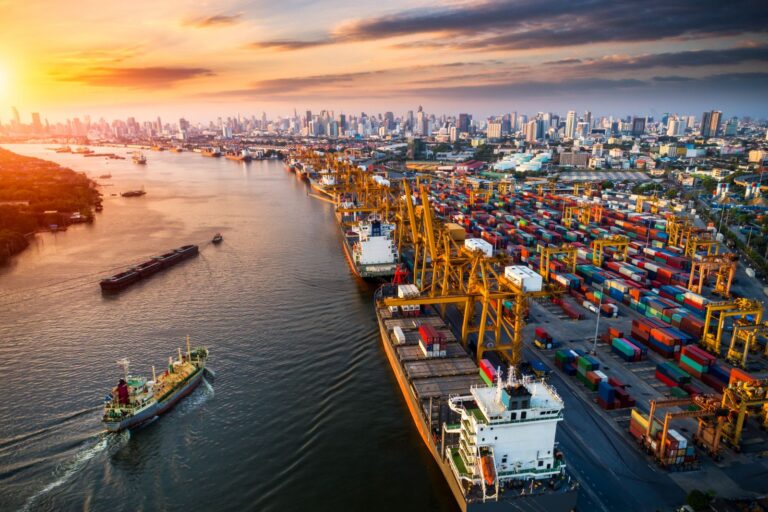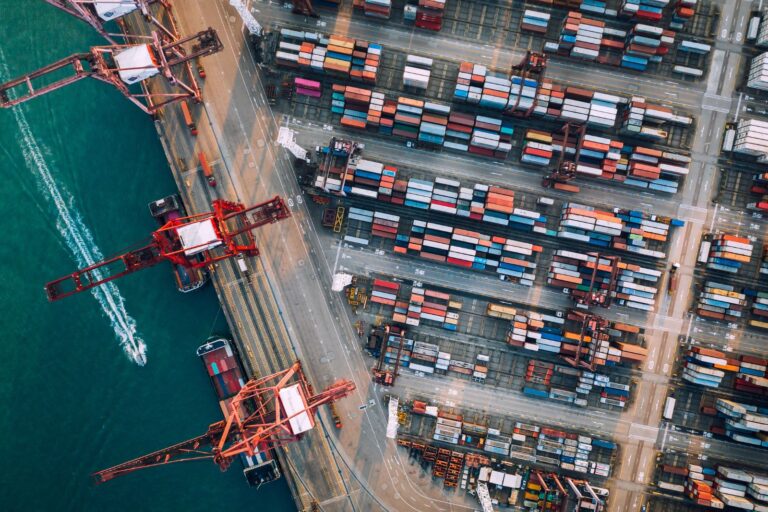International trade is vital for businesses today, but shipping goods across borders comes with complex regulations and requirements. One critical process that every importer and exporter must understand is customs clearance. Failure to comply with customs rules can result in delays, fines, or even seizure of goods.
Customs clearance is the official process of preparing and submitting documentation required to move goods through customs barriers for import or export. It ensures that goods comply with legal regulations, taxes, and tariffs.
At EGL – Emerald Global Logistics, we specialise in handling customs clearance for businesses across Australia, providing a seamless process that saves time, reduces risk, and ensures compliance with international trade laws.
Key Features of Customs Clearance
1. Documentation Requirements
Proper documentation is crucial for smooth customs clearance:
- Commercial Invoice: Lists goods and value.
- Packing List: Details contents of each package.
- Bill of Lading or Airway Bill: Proof of shipment.
- Import/Export Licences: Required for restricted goods.
- Certificates of Origin: Confirms product origin for duty purposes.
2. Compliance with Regulations
- Ensures goods meet local import/export laws.
- Reduces risk of penalties, delays, or confiscation.
- EGL guides clients on all legal obligations for each destination.
3. Duty and Tax Calculation
- Customs duties and taxes depend on type, value, and origin of goods.
- Correct calculation prevents overpayment or disputes with authorities.
How Customs Clearance Works
Step 1: Pre-Shipment Preparation
- Verify product classification and documentation.
- Ensure compliance with destination country regulations.
Step 2: Submission of Documents
- Submit all required paperwork to customs authorities.
- EGL can electronically lodge documents to speed up the process.
Step 3: Customs Assessment
- Authorities assess duties, taxes, and legality of goods.
- May involve inspections or audits.
Step 4: Payment of Duties and Taxes
- Pay applicable customs duties, GST/VAT, and fees.
- Payment can be arranged by EGL on behalf of clients.
Step 5: Release of Goods
- Once clearance is complete, goods are released for delivery.
- They can then be transported to the warehouse or end customer.
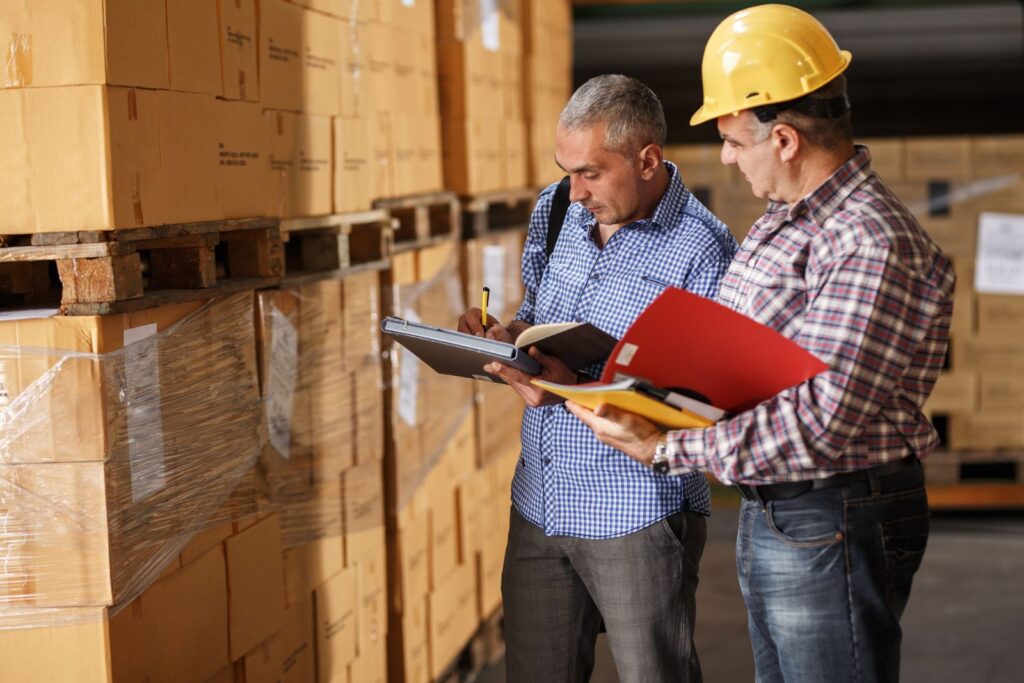
Benefits of Using Professional Customs Clearance Services
- Time Efficiency: Avoid delays due to missing or incorrect documentation.
- Risk Reduction: Ensure compliance with customs regulations.
- Cost Savings: Prevent fines, overpayments, and storage fees.
- Expert Guidance: Experienced brokers handle complex procedures.
- Seamless Shipping: Integrates with freight forwarding and logistics services.
At EGL, we provide end-to-end customs clearance solutions to streamline import and export processes, ensuring your goods reach their destination quickly and securely.
Costs and Pricing Insights
Customs clearance costs vary depending on:
- Type of Goods: Some items require special permits or inspection.
- Shipment Value: Higher value may incur higher duties.
- Destination Country: Tariffs and taxes differ across countries.
- Complexity: Multiple shipments or goods classifications may increase fees.
Tip: Using a trusted logistics provider like EGL can reduce unexpected costs and simplify the payment process.
Tips & Best Practices
- Ensure Accurate Documentation: Double-check invoices, packing lists, and licenses.
- Know Your Tariff Codes: Proper classification prevents delays and fines.
- Hire a Customs Broker: Professionals like EGL handle compliance efficiently.
- Plan Ahead: Book shipments and prepare documents early.
- Stay Updated on Regulations: Import/export laws change frequently.
Common Mistakes to Avoid
- Submitting incomplete or incorrect paperwork
- Misclassifying goods and tariff codes
- Ignoring duty and tax requirements
- Not planning for inspection times
- Choosing inexperienced customs brokers
Use Cases & Examples
- E-commerce: Shipping consumer products internationally.
- Manufacturing: Importing raw materials and exporting finished goods.
- Automotive Industry: Exporting vehicles with proper documentation.
- Food and Beverage: Ensuring perishable goods meet import regulations.
With EGL’s expertise, businesses can navigate customs clearance efficiently, saving both time and money while avoiding legal pitfalls.
FAQs: What Is Customs Clearance
1. What is customs clearance?
- It’s the process of submitting documents and paying duties to move goods across borders.
2. Who handles customs clearance?
- Importers, exporters, or professional customs brokers like EGL manage the process.
3. How long does customs clearance take?
- Typically 1–5 business days, depending on goods and destination.
4. What documents are required for customs clearance?
- Commercial invoice, packing list, bill of lading, permits, and certificates of origin.
5. Can customs clearance affect shipping costs?
- Yes, duties, taxes, and fees are included in total shipping expenses.
Conclusion
Understanding what is customs clearance is essential for businesses involved in global trade. It ensures that goods comply with legal requirements, reduces delays, and prevents fines or confiscation.
At EGL – Emerald Global Logistics, we provide expert customs clearance services across Australia and internationally, making the import and export process seamless.
If you’re ready to streamline your logistics and ensure hassle-free customs clearance, contact EGL today for professional support.
